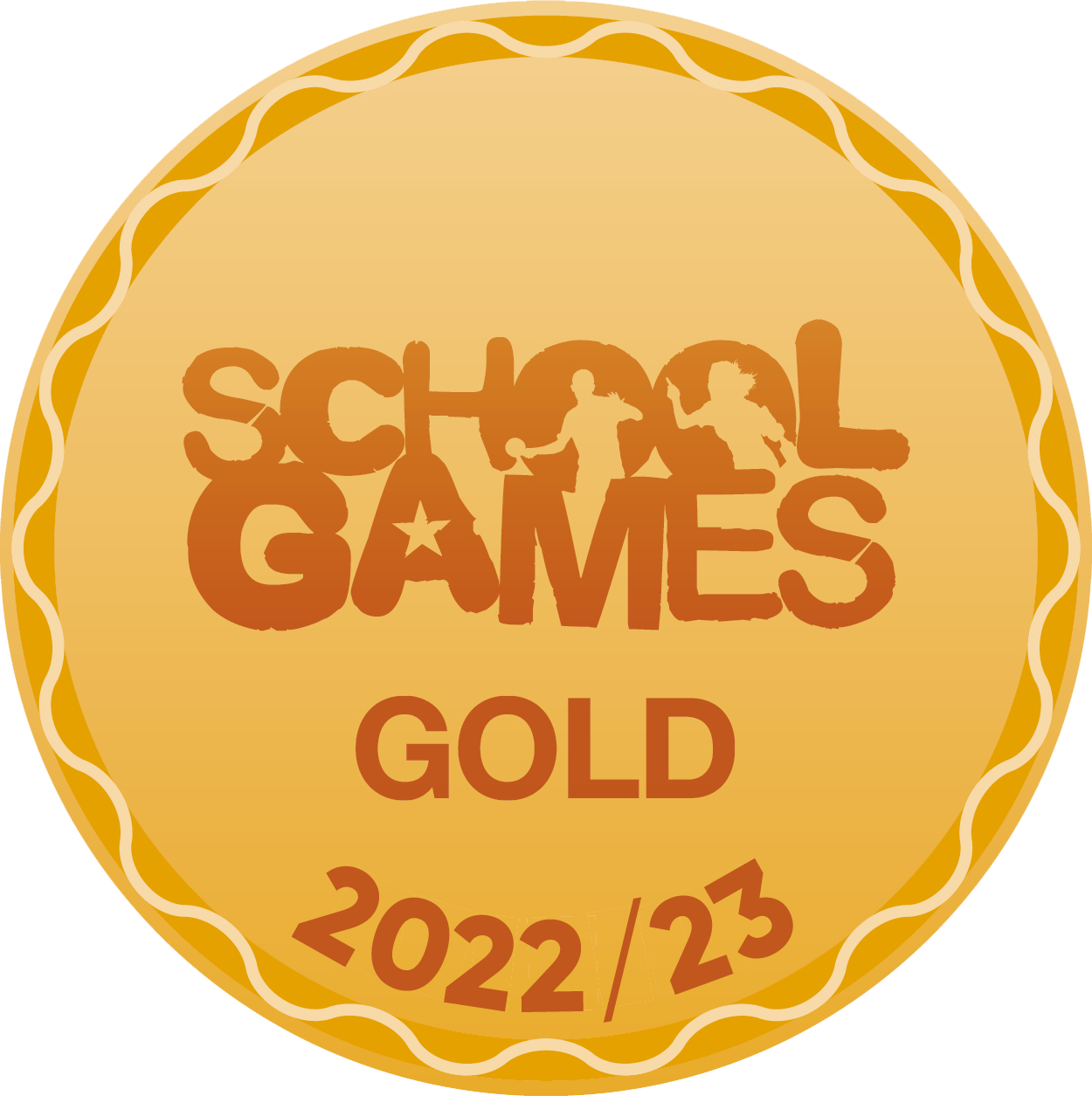This course has been designed to allow learners to study PE in an academic setting, allowing them to critically analyse and evaluate physical performance and apply their experience of practical activities in developing their knowledge and understanding of the subject. This course will prepare learners for the further study of PE or sports science courses as well as other related subject areas such as psychology, sociology and biology. This specification will create confident, independent thinkers and effective decision makers who can operate effectively as individuals or as part of a team.
OCR
This will suit students who are practically very talented. The course will require you to be externally assessed, through live and video footage moderation on 3 different sports, this element of the course is worth 30% of the total grade. The other forms of assessment are two externally assessed examinations - Paper 1 and Paper 2 each worth 30% of the total grade and a piece of coursework worth 10%.
The content is delivered through
Paper 1 and Paper 2
- 1.1 Applied anatomy and physiology
- 1.2 Physical training
- 2.1 Socio-cultural influences
- 2.2 Sports psychology
- 2.3 Health, fitness and well-being.
NEA (Non-exam assessment)
Core and advanced skills in three activities taken from the approved lists:
- one from the ‘individual’ list
- one from the ‘team’ list
- one other from either list.
Progression onto a level 3 qualification in sport, health and fitness. These qualifications are for post 16 learners who want to continue their education through applied learning and who aim to progress to higher education and ultimately to employment in the sport sector. It can also lead to apprenticeships in health and fitness that combine apprenticeship training with a job in the health and fitness industry.
From a Students Perspective
I really enjoy this course because it is a real good test of practical ability and my sporting knowledge through both papers and the coursework. We learn all about different aspects of anatomy and physiology, including the heart, lungs and breathing mechanics, also many of our lessons are practical, using the fitness equipment to understand topics that have been learned in the classroom and applying it to certain sports like table tennis and football.
- Year 11 Student





